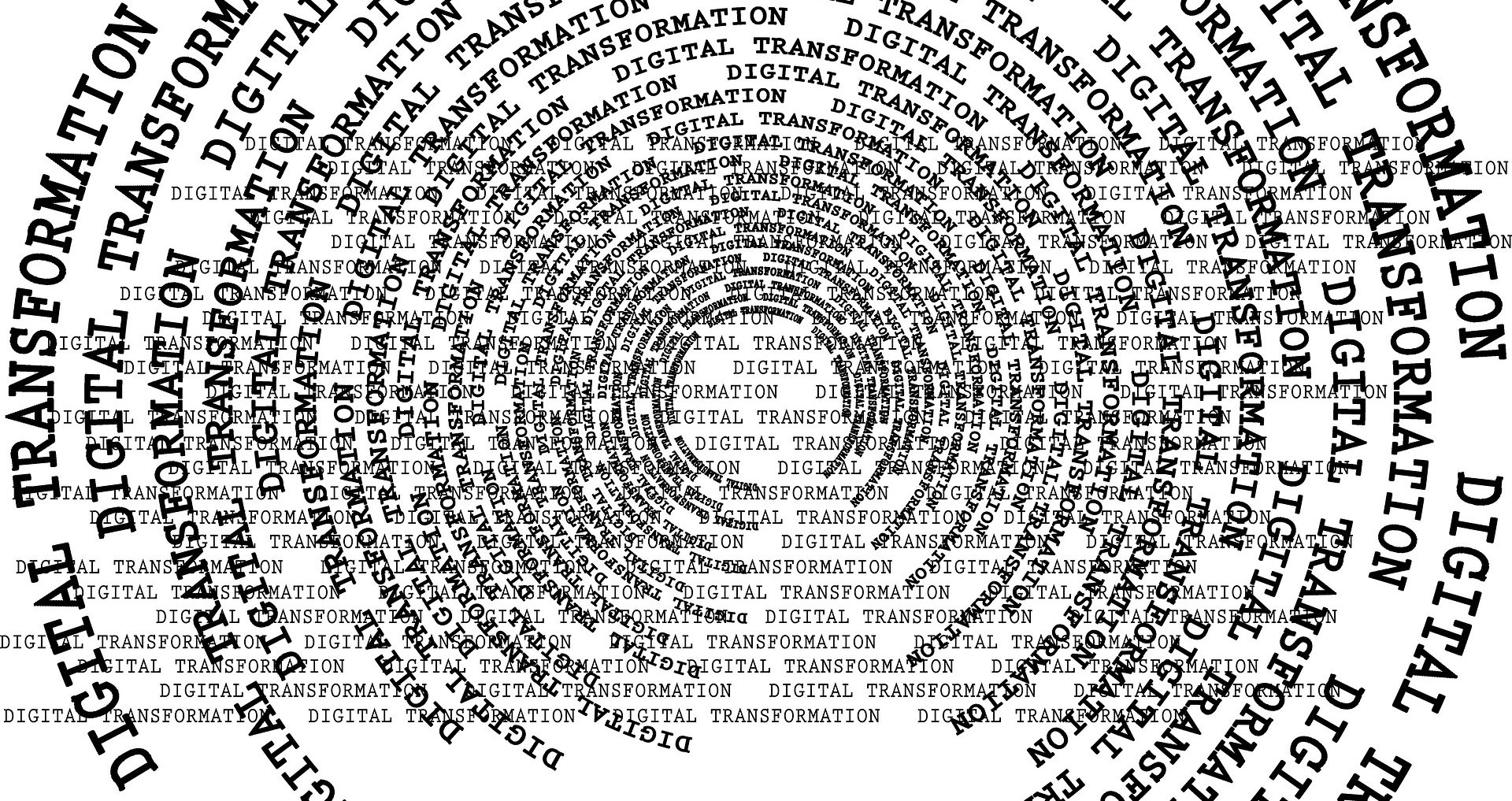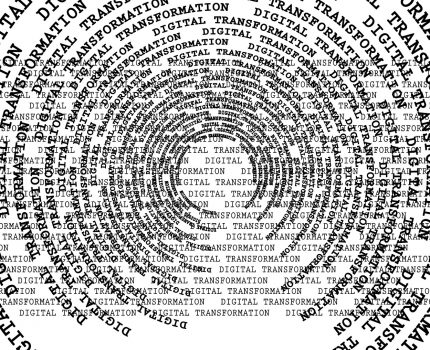Estimated reading time: 3 minutes, 16 seconds.
Gathering, processing and maintaining data has increasingly become a crucial pillar of development and humanitarian work. Two broadly defined categories of data are real-time situational and evaluative. The former includes “data from the field”, enabling organisations to make decisions and design projects. This generally falls under the umbrella of digital for development – the application of digital tools and platforms for development purposes. This outward facing approach looks at how digital technologies can be utilised to deliver value to so-called beneficiaries. By contrast, evaluative data pertains to routine insights on the performance of the organisations themselves such as project monitoring and evaluation, as well as accountability documents – digital in development. On the one hand, situational insights enable data-driven decision-making. This promises to improve the effectiveness of respective programs and projects. On the other, the digitisation of aggregated evaluative data promises to improve operational efficiency of organisations as well as enhance communication flows between constituents. All of the above is said to ideally deliver more value for beneficiaries, partners as well as donors.
The world Economic Forum estimates a combined value of 100$ trillion for society and industry by 2025 – brought about by digital transformation across industries. Beyond the appeal of such dizzying numbers, the digitisation of the non-profit sector is viewed in many circles imperative to survival, in a context of increased competition for donor funds as well as demands for improved efficiency and transparency.
Just as for-profit businesses are continuously evolving and changing to make better use of digital technologies as a source of customer value, so are non-profits urged to follow suit and adapt so as to better harness the potentials of digitisation in order to gain competitive advantage and provide value to donors and beneficiaries.
How future-fit are humanitarian organisations?

Inward looking – The increasing uptake and reliance on information technology has implications for organisational structures, processes and capacities. Accordingly, organisations and aid workers are urged to embrace innovation for increased impact. However, this goes beyond the siloed application of IT-platforms and tools. Digital transformation is an organisation-wide approach, bringing together people, processes and technology to create social impact. It is to be understood as a long-term process bringing about fundamental long-term shifts rather than a time-bound project.
Despite widespread data-enthusiasm, information-gathering capabilities of development actors outweigh their capacity to process said data into actionable information. Non-profit organisations identify various challenges when assessing their digital readiness. Among the most significant, is the development of new skills and capabilities. This highlights a need for new skilling, in order to increase digital-savviness amongst development practitioners. Experience with mobile technology, artificial intelligence, big data and the internet of things is expected to become an important requirement. Further obstacles include institutional inertia, resistance to change as well as resource scarcity. Digitising thus requires careful consideration of organisational culture and leadership.
Rethinking relationships

Digital tools and platforms further open up new avenues of interaction between nonprofits and their constituents. As these interactions are increasingly digitised, the digital journey and online behaviour of said stakeholders becomes more and more important to analyse and understand. This calls for the application of digital marketing technologies that enable in-depth insights into user behaviour, for continuous relationship-building. It is not clear then, whether digital transformation thus adds to the complexity of relationships amongst and between non-profits, donors, partners, volunteers and beneficiaries – or whether such technologies in fact enable a better understanding and management of said interactions. Evident in these shifts, however, is the corporate orientation of non-profit organisations, as they increasingly take on the logics and lingo of private sector firms. Digital transformation is viewed as necessary in order to gain competitive advantage, increase efficiency, improve productivity and provide better value.
Is your organization contemplating or undergoing digitization? Leave us your thoughts and comments below
This post is written by Marianne Liyayi. Find out more about the authors of this blog.
References
Read, R., Taithe, B., & Mac Ginty, R. (2016). Data hubris? Humanitarian information systems and the mirage of technology. Third World Quarterly, 1-19.
Nahrkhalaji, S. S., Shafiee, S., Shafiee, M., & Hvam, L. (2018). Challenges of Digital Transformation: The Case of the Non-profit Sector. International Conference on Industrial Engineering and Engineering Management (IEEM) (pp. 1-5). Bangkok: IEEE.
Roberts, T. (2019, August 9). Digital Development: what’s in a name? Retrieved from http://www.appropriatingtechnology.org/?q=node/302
World Economic Forum. (2016, January 22). $100 Trillion by 2025: the Digital Dividend for Society and Business. Retrieved from https://www.weforum.org/press/2016/01/100-trillion-by-2025-the-digital-dividend-for-society-and-business/
Baar, T., Deligianni, A., & Stettina, C. J. (2016). Data-Driven Innovation for NGO’s: How to define and mobilise the Data Revolution for Sustainable Development? Data for Policy , (pp. 1-9). Cambridge.

